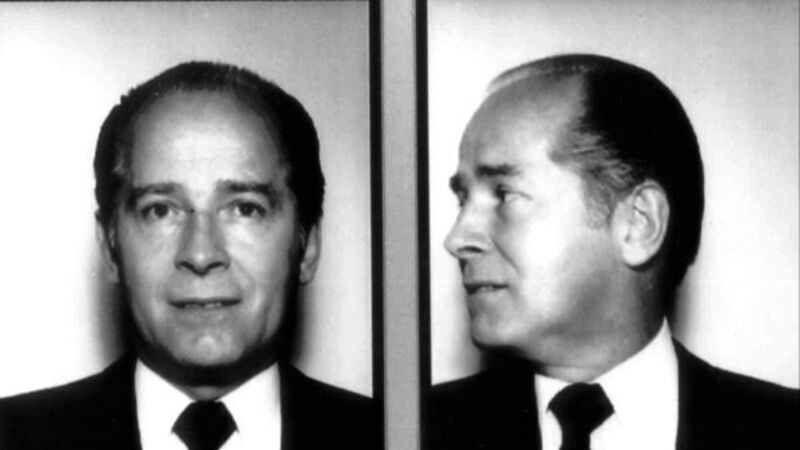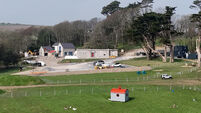James ‘Whitey’ Bulger: How one of America’s most wanted turned FBI informer

James ‘Whitey’ Bulger should have been viewed as a vulnerable prisoner as he was an FBI informant — despised as the lowest form of life in prison, writes .
The story of James ‘Whitey’ Bulger was greatly complicated by his involvement with the FBI over the years.
















